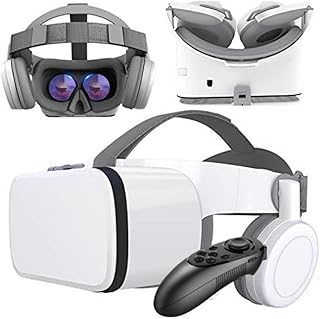In a study published in Scientific Reports, researchers investigated the impact of positive expectations on motor improvement using a visual-haptic illusion in virtual reality. The study involved 36 participants divided into three groups who received different interventions in an Immersive Virtual Reality setting. The first group received a neutral statement about the intervention’s efficacy, while the second group received positive verbal feedback. The third group experienced a visual-haptic illusion, creating the belief that they were reaching the floor. Measurements of fingertip-to-floor distance were taken at baseline, immediately after the intervention, and five minutes later.
The results showed that only the group that experienced the combined effect of positive verbal feedback and the visual-haptic illusion demonstrated a significant increase in gained distance during the after-effect and follow-up phases compared to the neutral statement group. These findings suggest that the multifactorial intervention involving positive expectations can promote motor improvement.
Human motion is a complex interaction between the musculoskeletal system and the nervous systems, influenced by various internal and external factors. The brain continuously aims to minimize predictive errors by comparing expected inputs with sensory stimulation to optimize interaction with the environment. Verbal instructions can influence motor responses, modulating attention, response selection, and cognitive biases.
Immersive Virtual Reality (IVR) has been increasingly used in research as a tool to alter contextual perception, influencing expectations and functional outcomes. IVR can shape movement expectations, potentially improving movement strategies and motor outcomes. This approach could be particularly valuable in challenging negative expectations related to health conditions such as chronic low back pain, where fear-avoidance beliefs can lead to reduced mobility.
The study design followed the principles of placebo research, exploring the role of participants’ beliefs in an intervention. The experimental protocol included a series of forward bends in an IVR scenario, with different verbal and visual-haptic manipulations for each group. The results indicated that the positive verbal statement and visual-haptic illusion intervention led to a significant improvement in motor performance compared to the neutral statement group.
Limitations of the study included the manual measurement of fingertip-to-floor distance and the small sample size. Future research should consider more objective measurement methods and larger sample sizes to validate and expand on these preliminary findings. Overall, the study highlights the potential of IVR-based interventions in shaping positive movement-related expectations and improving motor outcomes, with implications for clinical applications in conditions like chronic low back pain.
📰 Related Articles
- Virtual Reality Transforms Firefighter Training for Enhanced Preparedness
- Positive Feedback for The Q Straight Trials Signals Racing Success
- Future of Libraries: Robots, Sustainability, and Virtual Reality Trends
- Augmented Reality Boosts Fitness for Older Adults, Study Finds
- AMD Stock Rises on Positive Analyst Feedback and AI Advancements






